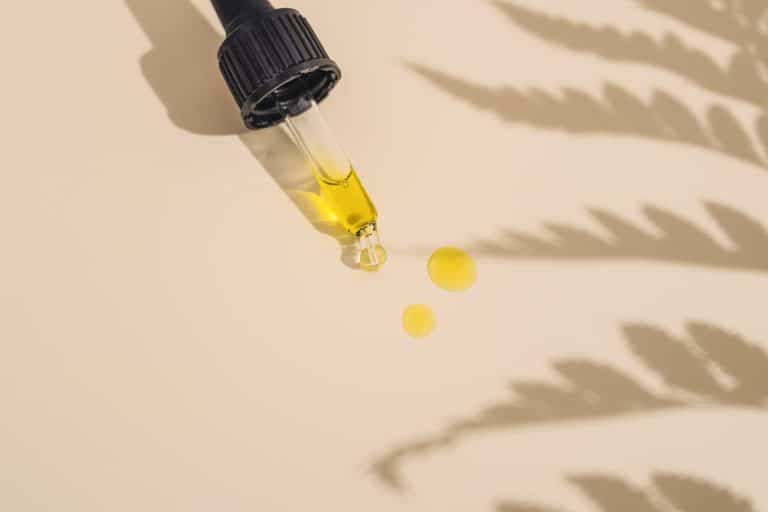In the expansive realm of cannabis, the cannabinoids THC (tetrahydrocannabinol) and CBD (cannabidiol) have long held the limelight. However, as research progresses and the market evolves, attention is shifting towards the so-called ‘minor cannabinoids’. One such compound gaining interest is Cannabichromene (CBC). Although not as widely recognized as its cannabinoid counterparts, CBC holds its unique position in the cannabis narrative. This blog explores CBC’s history, its production process, and the range of applications that this relatively unknown cannabinoid is finding in today’s world.
Unearthing the Origins: CBC in the Cannabis History
CBC, like other cannabinoids, is a derivative of the remarkable Cannabis sativa plant. It shares a rich and complex history with the plant, dating back thousands of years. But CBC’s individual journey begins with its identification and isolation in 1966 by Gaoni and Mechoulam, two pioneering scientists in cannabis research. Although CBC is considered a minor cannabinoid, it is typically the third most abundant cannabinoid in cannabis varieties, after THC and CBD.
The Making of CBC: From Plant to Compound
The production of CBC, like other cannabinoids, is a fascinating demonstration of the cannabis plant’s biological mechanisms. The journey begins with geranyl pyrophosphate and olivetolic acid, two organic compounds within the plant. They combine to create cannabigerolic acid (CBGA), often referred to as the ‘mother of all cannabinoids’.
From here, plant enzymes act on CBGA, breaking it down and guiding it towards one of three primary paths, leading to the acidic forms of THC, CBD, or CBC. In the case of CBC, the CBGA is converted into cannabichromenic acid (CBCA). When exposed to heat or ultraviolet light, a process known as decarboxylation, CBCA then transforms into CBC.
While CBC content in most cannabis strains is relatively low, breeders are exploring ways to enhance CBC concentrations through selective breeding and genetic manipulation, broadening the horizons for this minor cannabinoid.
CBC Across Various Sectors: A Spectrum of Applications
While it’s crucial not to make any health claims about CBC, we can certainly explore the diverse sectors this intriguing cannabinoid has begun to permeate.
- CBC in Skincare: The unique properties of CBC have led to its introduction in the skincare industry. The market now hosts a range of products, from creams to balms, enriched with CBC.
- CBC in Food and Beverages: The edibles market isn’t new to cannabinoids, and CBC is making its debut in this sector. Today, you’ll find a variety of beverages and edibles, from coffees to candies, carrying the CBC label.
- CBC in Pet Products: The pet product market is another sector where CBC is gaining momentum. Pet owners interested in plant-based wellness options can now find CBC-infused treats and tinctures on shelves.
- CBC in the Hemp Industry: Beyond personal care and consumables, the cultivation of high-CBC strains contributes to the burgeoning hemp industry. The multi-purpose hemp plant is used for producing everything from textiles to building materials.
In Conclusion: A New Chapter for Cannabichromene
CBC may not have been the star of the cannabinoid show in the past, but that’s rapidly changing. As research advances, the spotlight is shifting, allowing us to appreciate the complexities and potential of minor cannabinoids like CBC.
In an industry that’s evolving as rapidly as the cannabis sector, the future of CBC looks promising. As we deepen our understanding and broaden our applications of this compound, CBC stands out as a cannabinoid worth watching in the years to come.
Copyright © 2024 Bay State Extracts
Site by CannaPlanners






